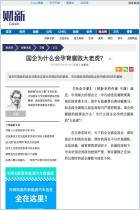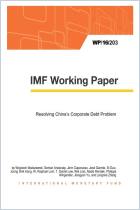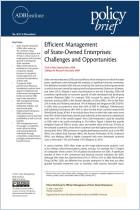The Chinese government has released dozens of plans to back state-owned enterprise (SOE) reforms since the 3rd Plenary Session of the 18th Central Committee of the Communist Party of China in 2013, but four years later, the reforms remain difficult to implement and far from achieving their desired outcomes. Siping Zhang, the Chairman of Shenzhen Innovation and Development Institute, identifies SOEs that still need major structural reforms and proposes strategies to allow underperforming organizations to gradually exit the market. getAbstract recommends this article to those curious about crucial issues involved in China’s SOE reform progress.
China’s state-owned enterprises (SOEs) grew rapidly from 2004–2012, with net profits jumping from ¥531.2 billion [$80.14 billion] to ¥ 2.2 trillion. The sector benefited from China’s decade of high economic growth, monopolistic industries, national resources and supportive government policies. Still, two issues remain problematic in the SOE sector: The government overinvests in competitive industries, and the increased monitoring by the state-owned Assets Supervision and Administration Commission of the State Council (SASAC) is slowing product marketization. SOEs are the main cause of China’s structural imbalances in the economy since they limit private companies’ room for growth in competitive industries and cause market oversupply in various industries. SOEs also tend to have high inventory levels and high debt-to-asset ratios. Decisions made at the 3rd Plenary Session of the 18th Central Committee meeting in 2013 attempted to address some of these issues by emphasizing the importance of fair trade, lowering inventory levels and encouraging SOEs to lower their debt-to-asset ratio. However, reform has been slow.
The government should shut down “zombie companies” – SOEs that...























Comment on this summary